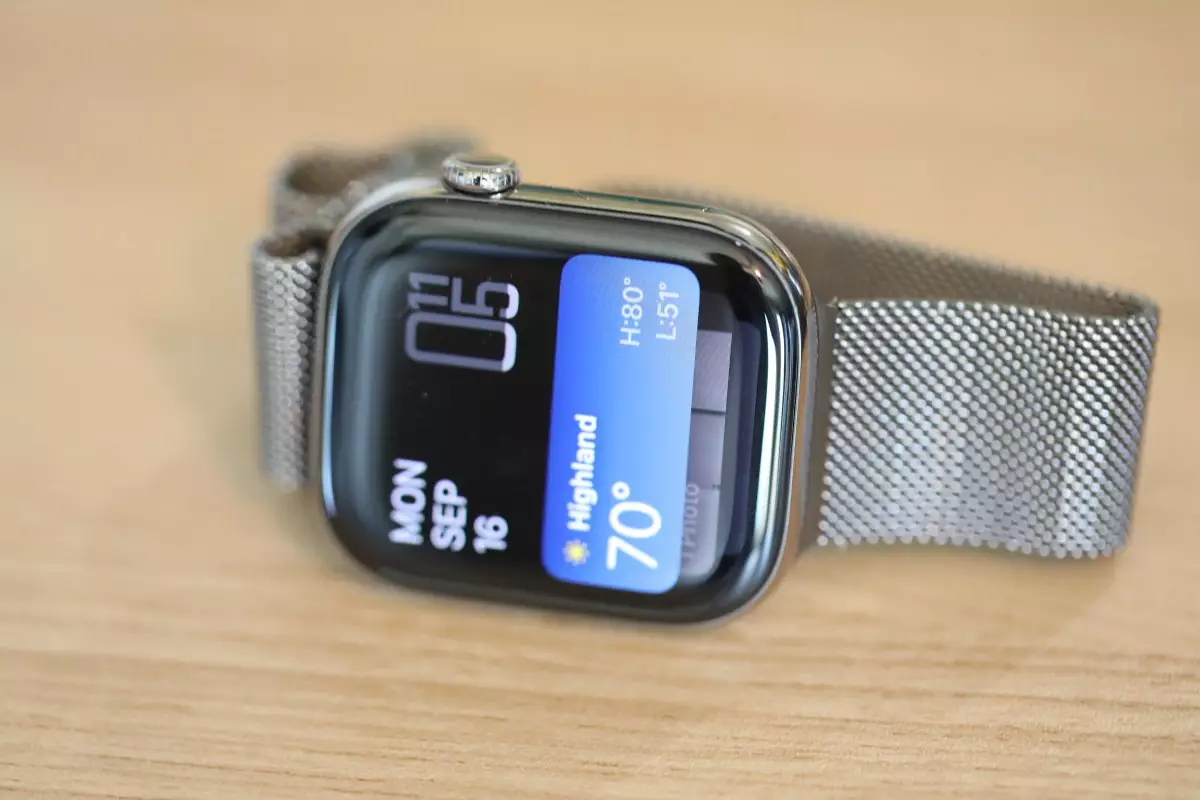In an intriguing legal battle that pits two innovative giants against each other, a federal jury recently determined that Masimo’s smartwatches infringed upon several of Apple’s patents. However, the resolution of this dispute has raised many questions regarding the extent and implications of this ruling. In this case, Apple sought merely the statutory minimum of $250, indicating that their primary motive was not monetary gain but rather a desire to protect their intellectual property. This subtlety in motivation highlights the complex relationship between innovation, competition, and the enforcement of patent rights within the tech industry.
The jury found that the design elements of Masimo’s W1 Freedom smartwatch and its associated health module and charger were indeed infringing on Apple’s design patents, confirming that Masimo’s actions were willful. Nonetheless, this conclusion raised an important caveat: the infringements related specifically to products that are no longer in circulation by Masimo. The medical device company argued that since the findings pertained to discontinued items, they could continue to market their current smartwatch offerings, underlining the nuanced nature of patent law and the potentially limited impact of the jury’s ruling on Masimo’s present business strategy.
Apple’s legal counsel, John Desmarais, conveyed to jurors that the intent behind the lawsuit was not principally financial; instead, Apple aimed to halt Masimo’s alleged mimicry of their design elements. In a market where branding, design, and user experience are crucial for product differentiation, Apple’s pursuit of legal action reflects a broader strategy aimed at preserving its innovative edge. Yet, the restricted nature of the jury’s verdict also reveals a potential miscalculation on Apple’s part. Seeking a broader injunction against Masimo’s current products, Apple fell short of establishing a precedent that could significantly alter Masimo’s competitive stance.
In the wake of the verdict, Masimo reiterated that the findings influence only a slim aspect of their product lineup. This resilience amid adversity signifies the company’s commitment to its mission of delivering cutting-edge health monitoring solutions. Furthermore, Masimo’s assertion that the legal decision did not impede their ongoing operations or product development invites a discussion on the broader implications of patent rulings within the tech and medical device sectors. How companies navigate such complex legal environments will likely shape their strategies in innovation and market positioning.
As Apple moves to appeal an import ban related to contested features, the ongoing legal tussle serves as a critical juncture in the intersection of technology, healthcare, and patent law. Apple’s approach may signal to other companies the lengths to which they might need to go to protect their innovations. Conversely, Masimo’s ability to adapt and maintain its market presence despite legal challenges might encourage other firms facing similar disputes to remain steadfast in their pursuits. Ultimately, this legal battle exemplifies the intricate dance of competition and regulation that defines the technological landscape, setting the stage for future conflicts between companies aiming to carve out their niche in an ever-evolving market.

